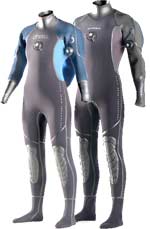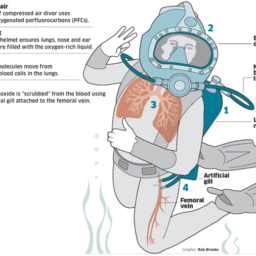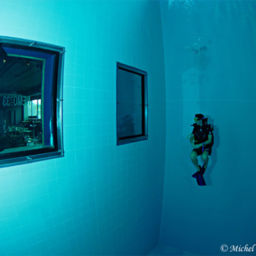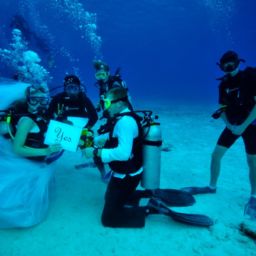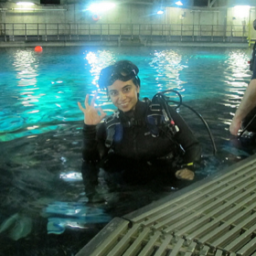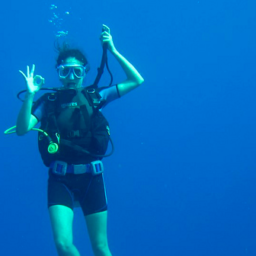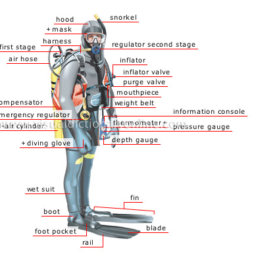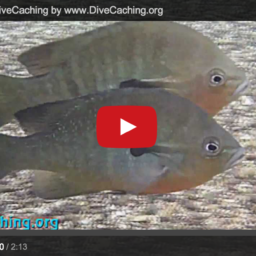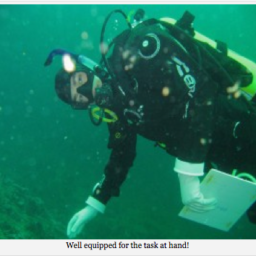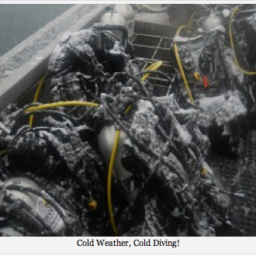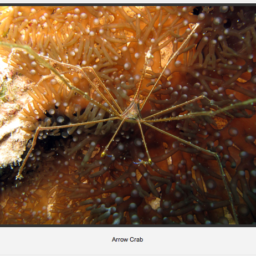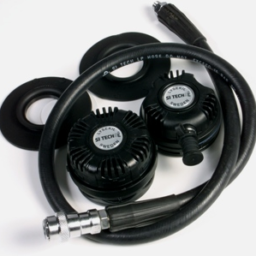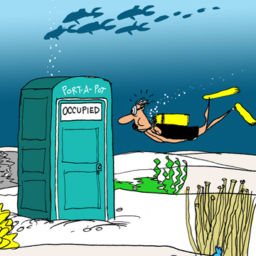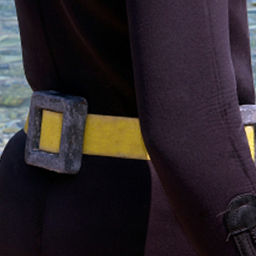I’m a diver in British Columbia and I’m lucky in that I get to make a living underwater in addition to enjoying it recreationally. As a diving professional, and especially one working in BC, I’ve had some thoughts on cold water preparedness that might help out a new diver or one who’s normal haunts are slightly warmer. This is going to be a multipart article because it’s a lot of information.
The water is cold. This might seem obvious, but people don’t really think about it too much before plunging in. You’re looking at a winter low of 5˚C to a summer high of maybe 12˚C in British Columbia, and possibly lower elsewhere. The risks are obvious and if you’re not geared up correctly, you’re going to have an unenjoyable dive at least and trip to the emergency room with hypothermia at worst. The issue with exposure suits here is purely individual; some people swear by wetsuits, and others say that drysuit is absolutely mandatory. I have both, and I prefer my wetsuit to my drysuit; with the exception of commercial work where I have to stand in place or remain still for extended periods at depth. That scenario is the definite exception. Anyways, here’s a quick guide to exposure suits:
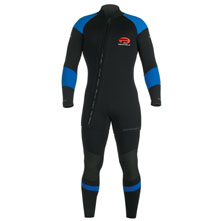
- Wetsuits: some people can get away with a 7mm fullsuit or a combination of thicknesses in a fullsuit; but if you’re looking at doing multiple dives, a 7mm farmer john with 7mm or 5mm step in jacket(or any similar two piece system) is the best route to take. 5mm gloves, 7mm or 5mm boots and a 5mm hood will round out your exposure protection if you go wet. The biggest headache with a wetsuit is drying it out, and it needs occasional shampooing with special shampoo to keep it from getting a bit whiffy with frequent use.
- Drysuits: the majority of divers you encounter in cold water will be in these. While a trilaminate or hazmat style vulcanized rubber suit might seem impressive when you’re in the shop; they have the drawback of difficult patching when something like an urchin encounter occurs. Neoprene, crushed neoprene or dense neoprene will give a slightly more forgiving suit for wear and tear.

Drysuits Drysuits are also more difficult to maintain generally than their wet cousins, with neck and wrist seals, a waterproof zipper and of course the attached boots or booties. They also require an additional layer underneath, whether it’s an actual “proper” drysuit undergarment or long underwear and a sweatsuit. A dry hood (still wet but designed to work with a drysuit), at either 5mm-7mm gloves or a set of dry gloves will round out your protection if you go this route.
- Rash Guards: while not involved in the immediate protection of you from the elements, a rash guard is an important layer for both wet and dry divers. What they do is protect you from chaffing, and for those with tattoos who dive wet, it can cut down on the wear to your ink by neoprene and seawater. Lycra shorts aren’t a bad idea either, as they don’t bunch like swim trunks under your wetsuit.
All suits, wet or dry, require maintenance and care to keep them in proper working order. Whether you dive wet or dry in cold water conditions is entirely up to the individual and their tolerance for cold and the number of dives you’re doing. That’s it for this portion of the entry, next up will be some more on equipment, and maybe some pre and post dive tricks!


